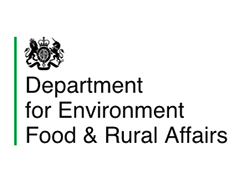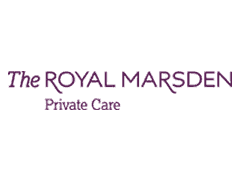Demand Generation is a set of marketing activities used to drive awareness and interest in your company’s products or services. It involves developing and executing strategies, content, and campaigns that will attract high-quality customers and convert them into paying customers.
Before, companies focused on forcing demand by tricking people into buying things. Now, however, it is about finding and converting the ideal customer by giving them the right information at the right time.
Here we have a guide to Demand Generation strategies which will help your business increase brand awareness and create demands:
Step 1: Creating awareness
Persona Development
Aim to build trust and increase brand recognition; this will require you to clearly define your ideal buyer’s persona and identify what they are looking to solve, which will help you offer more personalised solutions. Begin by identifying who your ideal prospects are, then look at how they make their buying decisions, identify their pain points, and finally determine what questions they may have at each stage of the sales cycle.
Create top of the funnel content
It is all about educating your prospects by creating content that is informative and answering the right questions – this will generate higher interest.
Creating free tools
Providing free tools will not only direct your target audience towards your webpage but also helps generate demand for your products/services. You can offer features like calculators, evaluation tools, or testing tools. A great example is ExtraDigital’s Google search results preview tool which can be used to test how page titles and descriptions will look in Google search results.
Step 2: Converting existing In-Market Demand
Now that you have created awareness, the next step is to focus on capturing the existing demands. As these users already have an interest in your solutions – create PPC, social ads, and gated contents that communicate your offerings (such as price lists and white paper).
SEO, Inbound Marketing, and PPC
To attract high fit leads, you will need to optimise SEO, keyword strategy, and paid search ads. Determine key terms your prospects will be searching for and use these terms to enhance your on-page SEO and search engine marketing strategy.
Use Google ads to drive content which includes downloads and signups and try to place them in front of people who are actively looking at related topics and terms. Use display ads and personalised offers to keep your buyers engaged.
Social Media and Conversational Marketing
We all know that social media is now seen as a fundamental way of reaching potential customers. Additionally, using targeting tools and paid promotion can further help reach the right audience.
Conversational marketing is another great way to create a personalised experience and build a relationship with potential customers. More and more consumers prefer to communicate with businesses through email or messaging – this is when features such as chatbots can be utilised. We just need to remember to keep these conversations engaging, authentic, helpful, and personal.
Step 3: Cross-team collaboration between the Sales and Marketing teams
Collaboration between sales and marketing will lead to better customer experience. It will help create a replicable process for closing deals, increasing deal size, and ramping up the sales process. Marketers can further assist the sales team by providing them with content, (such as sales decks, case studies, and testimonials), which will help them communicate their products more appropriately, which will result in helping them to close more deals.
Step 4: Customer retention
Ensure that your clients are fully up-to-date with products and services available to them. When products are updated, if renewals are coming up, or new features are introduced, it is important to inform existing customers and provide all the essential information.
Use Knowledge bases by providing educational resources about your products and services; this can be very valuable to your customers as it communicates how they can use the products, outlines best practices, and generates the right outcomes for them. And lastly, look for feedback and make iterations; track user experiences and use this information to make continuous improvements to your products and processes.
The success of Demand Generation largely depends on knowing your target audience and creating relatable content. The key is to consider your audience across each stage of the marketing/sales funnel, ensure that you are delivering what they are looking for, and keep track of relevant data to maintain products/services and grow demands
If you are looking to learn more about Demand Generation or need help applying it to your business, give us a call and talk to our marketing experts about how we assist you.










